Egypt: The Construction of the Pyramids
The pyramids of Egypt are among the most iconic and mysterious structures of antiquity. These gigantic monuments, built with incredible precision and dedication, still arouse wonder and curiosity. In this blog, we dive into the world of ancient Egypt to explore the construction of these wondrous structures.
The Mysterious Architecture
Pyramid construction was an unprecedented engineering feat in the time of the pharaohs. The most famous and largest is the Great Pyramid of Giza, built for Pharaoh Khufu. These monuments were not only burial chambers but also served as symbols of power and religious significance.
Materials and Methods
Most of the pyramids are built with huge limestone blocks, with the inner chambers often made of granite. Researchers believe workers transported these blocks along the Nile and rolled or dragged them into place on wooden sleds. The exact process remains a subject of debate and fascination.
The Workers: Who Built Them?
It was long believed that slaves built the pyramids, but recent research indicates that they were probably skilled laborers working in organized groups. These workers lived in nearby camps and received payment in the form of food, shelter and respect.
Technological Innovations
Building pyramids required advanced technological knowledge, including astronomy, mathematics and engineering. The Egyptians used stars to perfectly orient their structures and applied complex mathematical calculations to determine exact dimensions and angles.
Mysteries and Theories
There are many theories about exactly how the pyramids were built, ranging from the use of a large army of workers to more exotic ideas such as help from aliens. Although many of these theories are unfounded, the fact remains that the construction of pyramids is one of the greatest mysteries of human history.
The Legacy of the Pyramids
Today, the pyramids remain a source of fascination and inspiration. They attract scholars and tourists from around the world and continue to remind us of the impressive abilities of the ancient Egyptians.
The story of the pyramids is a story of human ingenuity, perseverance and mystery. As we continue to dig and learn, the legend of these majestic monuments will live on.
Challenges and Solutions
Building a pyramid was no easy task and required more than just physical labor and materials. It also required complicated planning and logistics, especially given the precision with which the blocks had to be cut and placed.
Logistics Masterpiece
Builders had to take into account not only the seasons and floods of the Nile, but also the feeding and housing of thousands of workers. It was a logistical masterpiece to ensure that all resources, from food to tools, were available when needed.
Cultural Impact
The pyramids were not only physical constructions; they also had deep cultural and religious significance. They reflected ancient Egyptians’ beliefs about the afterlife and the power of the pharaoh. As such, the construction of pyramids was also a spiritual undertaking, with priests and rituals playing a central role in the process.
This additional information extends the discussion to the broader context of pyramid building by highlighting some of the challenges and cultural aspects that contributed to this incredible achievement.
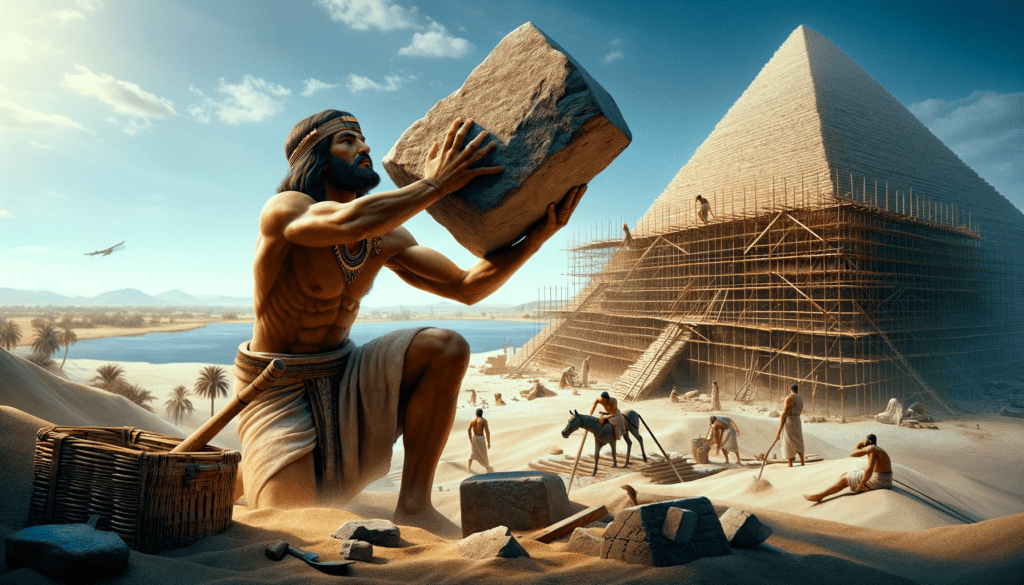

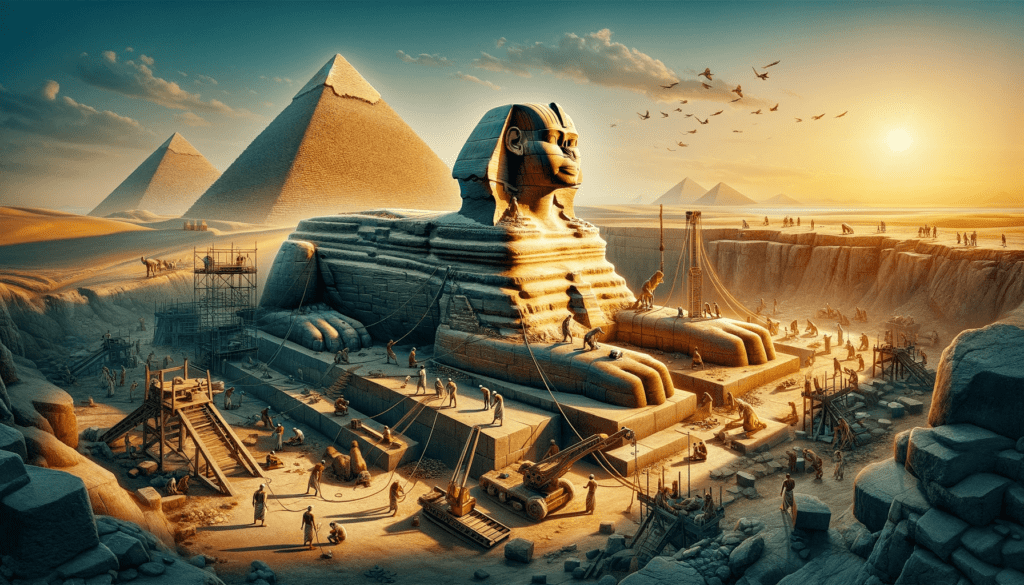
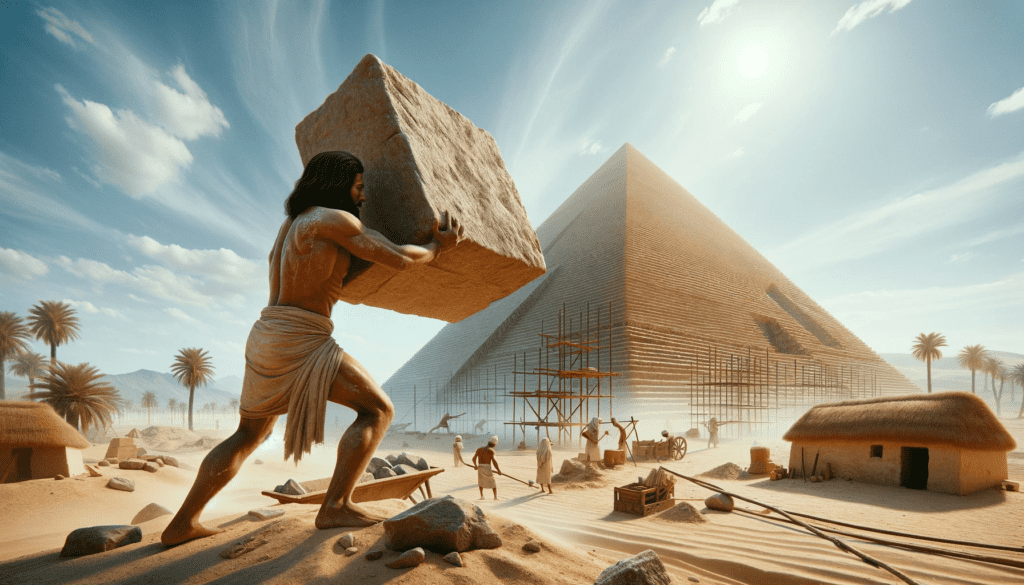
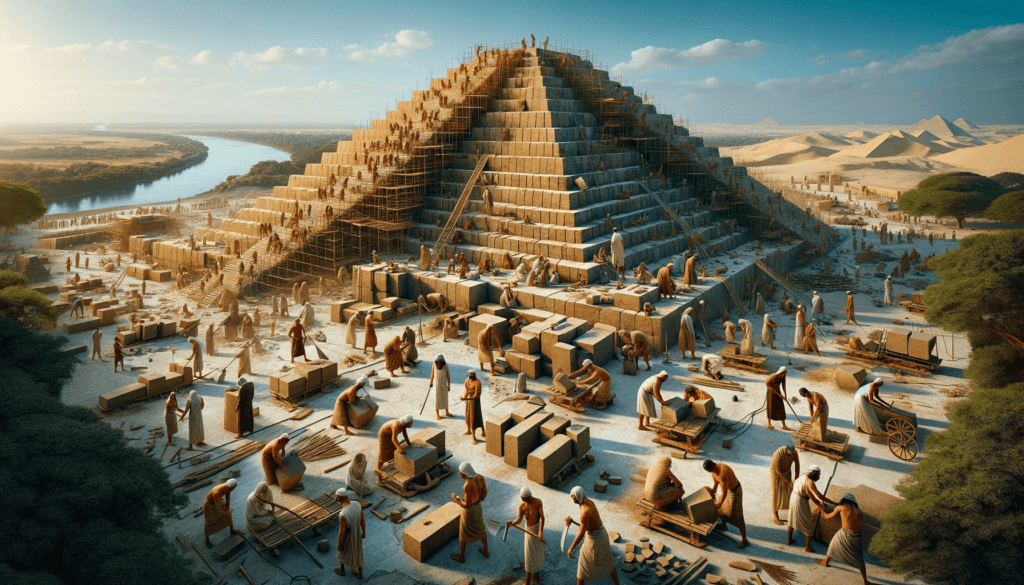
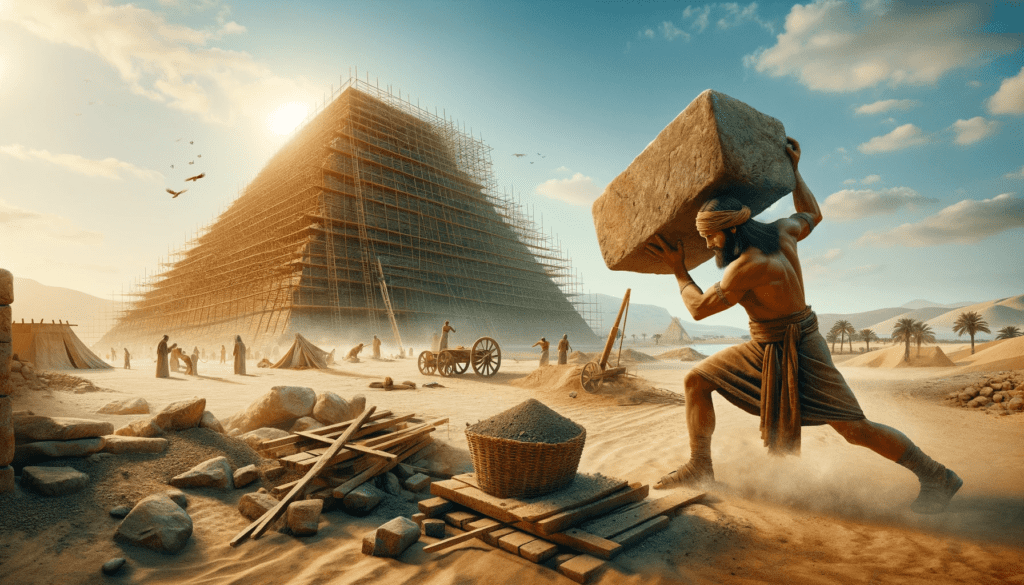

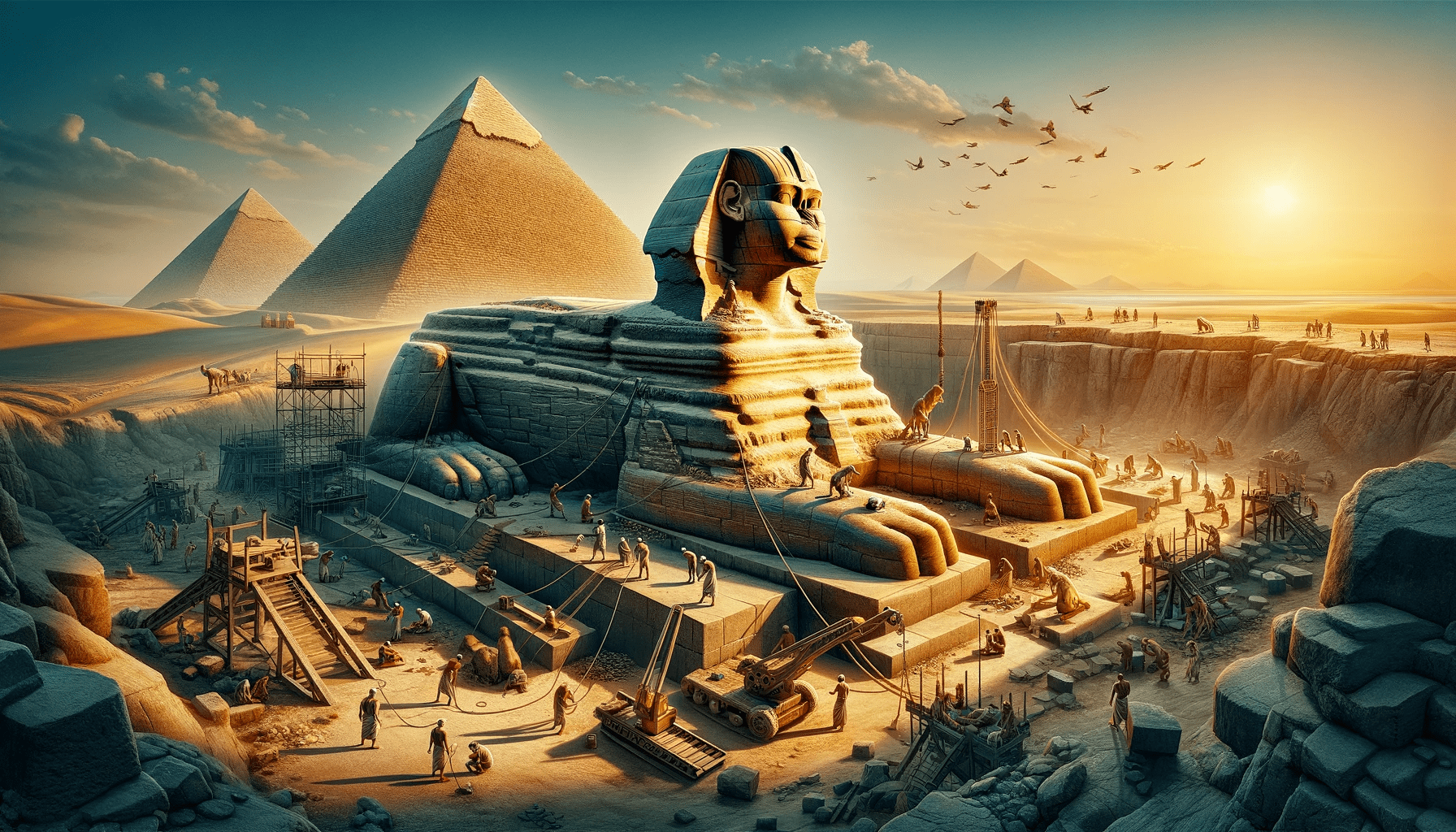
Leave a Reply